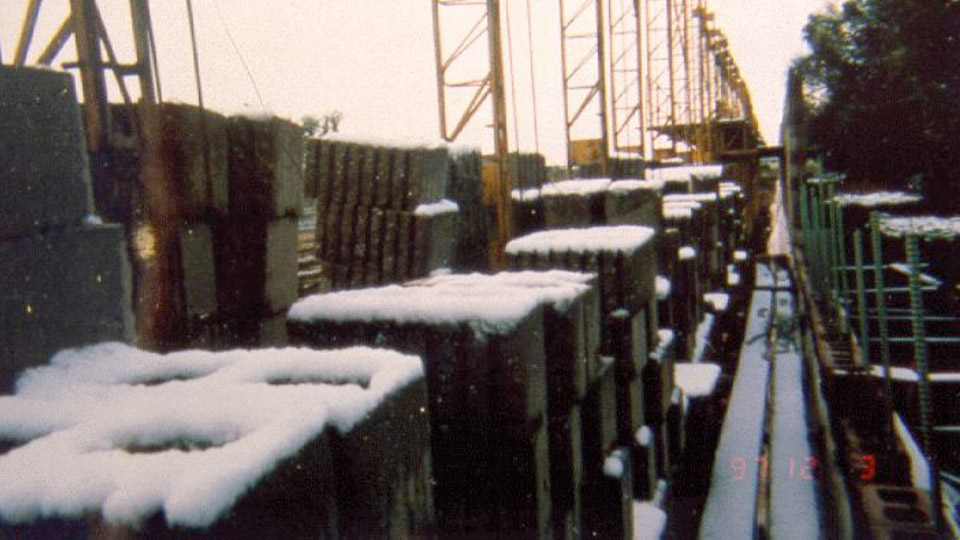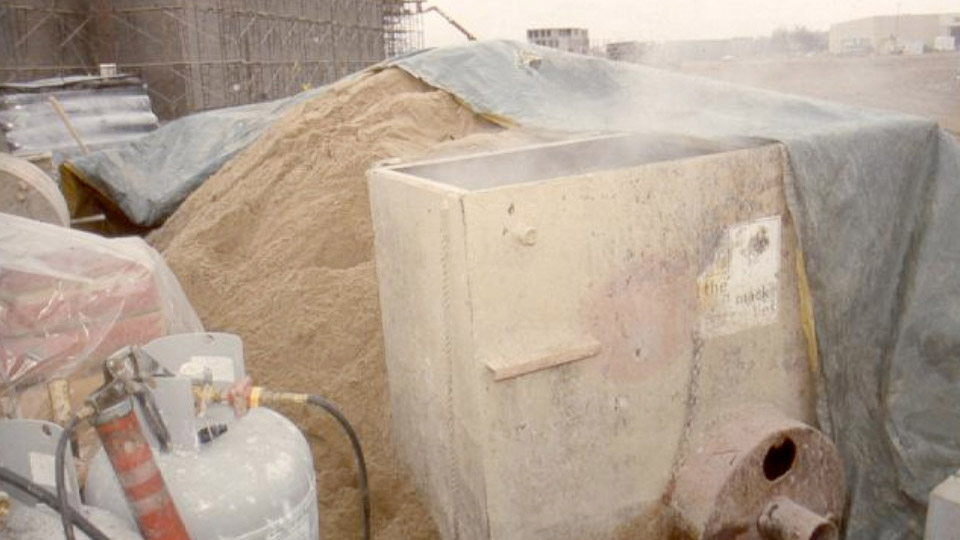
If you cover your materials, you can actually lay block with a temperature of as low as 20° F. Once snow or ice accumulates on the block they must be heated to above freezing. The same goes for brick.
It’s that time of year, when the GC’s start asking for you to submit your cold weather construction plan. Why do we care about protecting newly built masonry from the cold? Simply put, cold temperature slows down the strength gain of mortar and grout. The chemical reaction between cement and water slows down as it gets colder, and stops completely below temperatures of about 14° F. If you let wet mortar or grout freeze you can cause permanent damage.
Cold weather construction requirements are spelled out in the TMS 602 Specification for Masonry Structures. TMS 602 calls for special procedures any time the temperature falls below 40° F. There are 3 components to a proper cold weather construction plan.

Heat sand and/or water to provide mortar and grout with a temperature of between 40 and 120° F. Since at least 2005 the Code has also required masonry grout to be at a temperature of 70 to 120° F at the time it is placed in the wall.
TMS 602 spells out exactly what must be done for cold weather protection, and some contractors simply copy right out of the 602 specification to develop their cold weather construction submittal. See Section 1.8 of the 2008 or 2013 TMS 602 Specifications for Masonry Structures, available at www.masonrysociety.org.